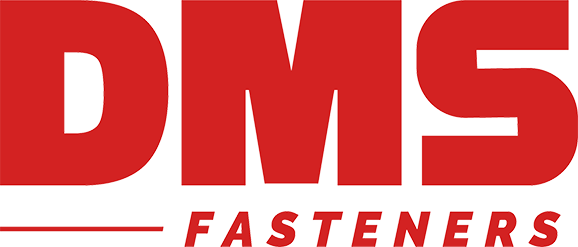Disclaimer
The information provided in these instructions is on an "as is" basis without warranties of any kind, express or implied. The author disclaims all liability for any actions taken or not taken based on this information. Users are responsible for their own actions and decisions based on these instructions. This disclaimer includes, but is not limited to, any direct, indirect, incidental, or consequential damages. By using these instructions, you acknowledge and agree to this disclaimer. If you do not agree, do not use the provided information.
Introduction
Strut channels, also known as metal framing channels, are versatile components widely used in construction and engineering projects. They provide a sturdy framework for supporting electrical wiring, plumbing, HVAC systems, and other utilities. Installing strut channels may seem daunting at first, but with the right tools and knowledge, it can be a straightforward process. In this guide, we'll walk you through the steps to install strut channels efficiently and safely.
Gathering Your Tools and Materials
Before you begin the installation process, it's essential to gather all the necessary tools and materials. Here's a list of what you'll need:
- Strut channels
- Channel nuts
- Bolts and washers
- Adjustable wrench or socket set
- Level
- Drill and drill bits
- Screwdriver
- Measuring tape
- Safety gear (gloves, safety glasses)
Planning Your Installation
Before diving into the installation, take some time to plan the layout of your strut channels. Consider factors such as load-bearing requirements, attachment points, and spacing between channels. Using a pencil and a measuring tape, mark the positions where you'll be installing the channels on the wall or ceiling.
Marking and Cutting the Channels
Once you've planned the layout, it's time to mark and cut the strut channels to the desired lengths. Use a measuring tape to ensure accuracy and a pencil to mark the cutting points. You can cut the channels using a hacksaw or a specialized strut channel cutter, following the marked lines carefully.
Attaching the Channels
With the channels cut to size, it's time to attach them to the mounting surface. Start by positioning the first channel at the designated location, ensuring it's level using a spirit level. Once aligned, mark the hole locations for mounting bolts on the wall or ceiling.
Using a drill, create pilot holes at the marked locations to accommodate the mounting bolts. Secure the channel in place using bolts and washers, tightening them with an adjustable wrench or socket set. Repeat this process for each strut channel, ensuring proper alignment and spacing between them.
Installing Channel Nuts and Accessories
After securing the strut channels, it's time to install channel nuts and any accessories required for your specific application. Channel nuts slide into the channels and provide a secure attachment point for bolts or threaded rods. Insert the channel nuts into the channels and adjust their positions as needed to accommodate your fixtures or equipment.
Final Adjustments and Checks
Once all the channels and accessories are in place, double-check the alignment and stability of the installation. Use a level to ensure that the channels are still perfectly horizontal or vertical, making any necessary adjustments as needed. Tighten any loose bolts or nuts to secure the installation firmly in place.
Conclusion
Installing strut channels is a fundamental aspect of many construction and engineering projects. By following the steps outlined in this guide and paying attention to detail, you can ensure a secure and reliable installation. Whether you're mounting electrical conduits, piping, or HVAC components, properly installed strut channels provide a robust framework to support your infrastructure needs.



